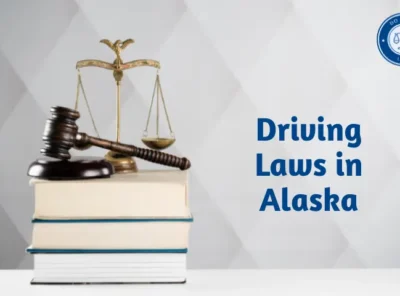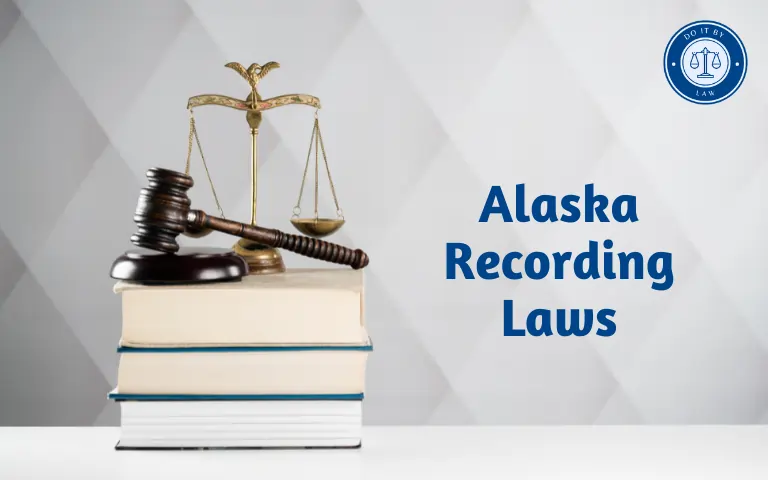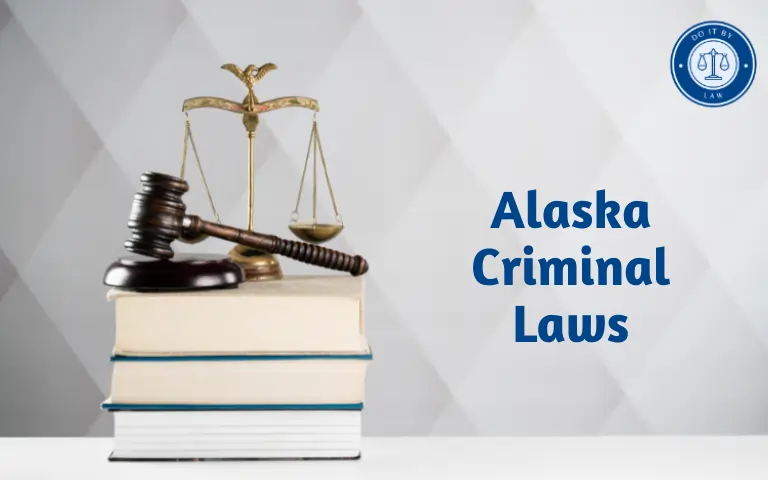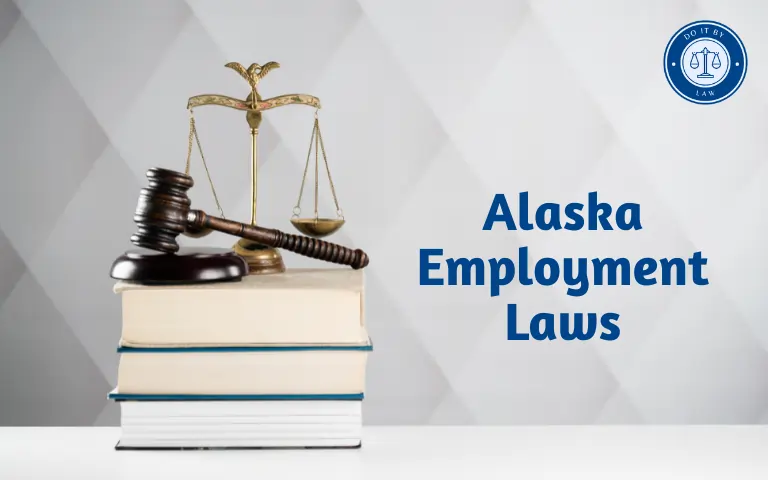Alaska Studded Tire Law: What You Need to Know
Alaska State long winters and frequent icy conditions make the Alaska Studded Tire Law a routine vehicle necessity. But regulations on seasonal installs and removals apply along with bans protecting summer roads. This guide summarizes key aspects of Alaska’s studded tire laws – outlining allowed usage periods, restrictions, violations, and tire recommendations for navigating Alaska winters safely.
When Were Alaska Studded Tire Law Enacted and Why?
Alaska authorized studded tires in the 1960s after the state witnessed dramatic reductions in traffic accidents during test install pilot projects prior. Legislators notably aligned the first formal laws just as massive pipeline construction projects began needing flexibility for remote Alaska worksites operating in winter months.
Regulators sought to balance goals by:
- Boosting vehicle traction dramatically on compact snow and ice improving safety. Metal studs embedded in treads grip unlike regular rubber alone.
- Limiting paved road damage risks once spring thaws set in. Excess summer stud usage was tearing up highways quickly.
- Standardizing guidelines on installment schedules corresponding with seasonal weather changes reasonably well year to year.
The framework evolved accommodating new studding technologies, maintenance trends, and environmental considerations but core protections stood intact.
Who Do Alaska Studded Tire Law Apply To?
Alaska’s seasonal vehicle laws on studded tire usage target:
- All drivers during designated winter months operating cars, trucks, SUVs, vans, or motorcycles on public roads. Certain traction exemptions for emergency vehicles apply.
- Tire retailers and installer shops prescribed stud products lawfully only during pre-defined periods. Yet restraints limit brokers on off-season sales still permitted.
- Enforcement officers ticketing motorists visibly running studs prematurely or tardy swaps risking heightened wear plus congestion and safety impacts.
- Road maintenance budget allocations covering seasonal change workload accommodations at district levels where teams must pivot programs responding to current conditions.
So all stakeholders – from individual Alaska motorists to far-reaching department logistics – operate affected by annually fluctuating but core consistent studying provisions.
Key Provisions, Requirements, and Restrictions of Alaska Studded Tire Laws
Alaska vehicle codes permit studded tire installations from September 1 through May 15 statewide generally. Key aspects include:
- All cars must display visible tire tread indicators before legally installing studs as integrity checks given added weight.
- Approved stud types meet protrusion limits and spike counts balancing traction performance versus excess tearing on roads.
- Langorage area allows 3 weeks earlier in August fitting with higher precipitation trends and the region’s international airport hub traffic needs.
- Drivers traveling into Alaska from elsewhere may continue temporarily on out-of-state swap schedule periods.
- Strict prohibitions apply running studs beyond removal deadlines but enforcement often just issues warnings initially before fines scale $200+ for violations existing after June 1 still showing excess wear and safety risks.
- Certain regions occasionally adjust end dates per current year conditions like extending ETA deadlines further towards June during aberrant late snow years prolonging the transition into summer road infrastructure needs.
Overall reasonably broad flexibility aids motorists navigating a state demanding extra winter vehicle performance adaptations while balancing against infrastructure protection aims to minimize undue damage.
What Are the Penalties for Violating Alaska Studded Tire Laws?
Motorists flouting seasonal change rules for studded tires installed face escalating citation categorizations with responding fine structures when caught:
- Fix-It Warning Tickets: Grace period opportunity correcting violation absent further penalties for quick removals or install delays just running slightly out of compliance per marked ranges. Just document compliance post-citation normally.
- $50 Infraction Warrant Fines: Failure to remedy warnings risks this secondary penalty tier absent proof of addressing violation in the mandated period (typically under 10 days) meets compliance again.
- $200+ Misdemeanor Citations: Still operating non-compliant vehicles on roads when grace periods expire after prior infraction warrants were ignored crosses into criminal statute sanctions via this $200 base tier. Judges determine subsequent escalations and restrictions on driving access risks.
Recent Changes and Proposed Updates to Alaska Studded Tire Laws
No notable studded tire legislation passed recently, but environmental groups lobby periodically seeking tighter metal stud regulations arguing negative ecological impacts offset benefits:
- Road Dust Pollution – Pulverized stud metal particles accumulate in runoff drainage harming vulnerable aquatic ecosystems via contaminated sediment deposits slowly releasing accumulated toxins over time.
- Noise Pollution – High-pitched whining from enhanced traction proves hazardous to wildlife communications placing animals like migrating caribou herds at higher risk unable to hear natural predators approaching audition channels drowned out by interfering spikes on roads encountered during long transitory journeys the populations make seasonally.
But transportation officials counter longstanding gear effectiveness while limited seasonal allowances mitigate harms reasonably well under status quo offerings given current product alternatives fail to match studs’ proven winter accident reductions so vital up North.
Key Takeaways on Alaska’s Studded Snow Tire Laws
In summary, remember during Alaska winters:
- Verified tread depth helps qualify cars legally installing studs maximizing mobility and safety benefits through the roughest road months up North.
- Stud flexibility serves residents well in tackling variable conditions but seasonal diligence swapping equipment remains essential protecting vulnerable infrastructure damage risks once transitional weather permits again.
- Enforcement strikes reasonable balances granting repair grace periods for minor non-compliance before sanctions escalate on those flouting rules risking safety and excess public wear and tear past reason.
- Ongoing lobbying may continue seeking tighter usage curbs but near-term provisions likely hold steady for relying motorists inclined running studs every winter. Visitors should review specific regional allowances timing seasonal vacation itineraries as well.
So plan accordingly and brake for moose traversing roads appearing out of the brush suddenly!
Frequently Asked Questions on Alaska Studded Tire Law
References/Links to Alaska Studded Tire Laws
- Alaska DOT Snow Tire Traction Device Rules Overview
- Anchorage & State Equipment Regulations
- Fairbanks North Star Borough Codes









